Understanding whether a cell is diploid or haploid is fundamental to biology, impacting everything from genetics to reproduction. This distinction, which hinges on the number of chromosome sets a cell contains, can be determined by examining its origin, chromosome count, and genetic material. Knowing a cell’s ploidy level is crucial for research and understanding how organisms develop and pass on traits.
What are Diploid and Haploid Cells?
At the most basic level, the difference comes down to chromosome numbers. Diploid cells, often noted as 2n, possess two complete sets of chromosomes. Think of it as having two copies of a recipe book, one inherited from each parent. Most of the cells in your body, called somatic cells, are diploid.
In contrast, haploid cells, represented as n, have only a single set of chromosomes. This is like having just one copy of the recipe book. These cells are typically gametes, which are the reproductive cells like sperm and eggs.
This difference is vital for sexual reproduction. The process ensures that when two haploid gametes fuse during fertilization, the resulting offspring is diploid, maintaining the correct chromosome number for the species. This mechanism is also a major source of genetic diversity, which helps species adapt and evolve over time.
Key Evidence from Chromosome Analysis
The most definitive way to determine a cell’s ploidy is by directly analyzing its chromosomes. This method provides visual proof of the number of chromosome sets present, leaving little room for doubt. Scientists use specialized lab techniques to get a clear look at the genetic material inside a cell.
One of the most common methods is karyotyping. During this process, scientists take a picture of a cell’s chromosomes during cell division when they are condensed and easiest to see. The chromosomes are then arranged in order of size, from largest to smallest. A karyotype showing chromosomes in pairs is clear evidence of a diploid cell. If the chromosomes are unpaired, the cell is haploid.
Another powerful technique is Fluorescence In Situ Hybridization, or FISH. This method uses fluorescent probes that attach to specific parts of a chromosome. By using probes for different chromosomes, researchers can count how many copies of each chromosome are present, confirming whether the cell has one set (haploid) or two sets (diploid).
Using Genetic Markers to Determine Ploidy
Beyond looking at whole chromosomes, scientists can examine specific genetic markers within the DNA to figure out a cell’s ploidy. These markers act like signposts, revealing how many copies of the genome are present. This approach is especially useful when a clear chromosome picture isn’t possible.
Genomic sequencing technologies have made this process incredibly precise. Techniques like whole-genome sequencing map out the cell’s entire DNA, providing a massive amount of data. From this data, analysts can determine the genome size and identify copy number variations, which are strong indicators of ploidy.
Single Nucleotide Polymorphisms (SNPs) are another excellent tool. A SNP is a variation at a single position in a DNA sequence. In a diploid organism, a particular gene might have two different versions, or alleles, one from each parent.
- If a cell shows two different alleles at many SNP locations, it is almost certainly diploid.
- If it consistently shows only one allele at every location, it is likely haploid.
- This analysis not only confirms ploidy but also provides insights into the genetic diversity within a cell population.
This method is a cornerstone of modern genetic research, helping scientists understand everything from evolutionary adaptations to breeding strategies in agriculture.
The Role of Gametes and Fertilization
The identity of a cell can offer a huge clue about its ploidy. Somatic cells, which make up the body’s tissues and organs, are typically diploid. However, gametes (sperm and egg cells) are specialized for reproduction and are haploid.
Male and female gametes are designed for one purpose: to fuse and create a new organism. The sperm cell is small and mobile, built to travel and deliver its genetic material. The egg cell is much larger, containing the nutrients needed to support the early development of an embryo.
Fertilization is the moment ploidy is altered. When a haploid sperm fertilizes a haploid egg, their genetic material combines. This fusion creates a single diploid cell called a zygote. This single cell contains the complete genetic blueprint, with one set of chromosomes from the father and one from the mother. The zygote then divides through mitosis to grow into a complete diploid organism.
Lab Techniques for Confirming Ploidy
While observing cell type and genetic markers provides strong evidence, experimental techniques can offer concrete confirmation of a cell’s ploidy. These methods are routinely used in research and clinical settings for accurate assessment.
Flow cytometry is a highly efficient technique that measures the amount of DNA in thousands of individual cells very quickly. Cells are stained with a fluorescent dye that binds to DNA. As each cell passes through a laser, the intensity of its fluorescence is measured. Diploid cells will have twice the fluorescence intensity of haploid cells from the same organism. This provides a rapid and quantitative way to determine ploidy levels in a large population of cells.
Microscopy methods offer a more direct visual confirmation. By staining the nucleus of a cell and observing it under a powerful microscope, especially during cell division (mitosis or meiosis), scientists can directly count the chromosomes. This hands-on approach is often used to validate the results from other techniques like flow cytometry.
How Ploidy Varies Across Different Organisms
While humans and most animals are primarily diploid, the world of biology is incredibly diverse. Ploidy can vary significantly from one species to another, and understanding these differences provides a broader evolutionary perspective. Some organisms can even exist in both haploid and diploid states as part of their normal life cycle.
For example, baker’s yeast (Saccharomyces cerevisiae) can thrive and reproduce in both haploid and diploid forms. This flexibility allows it to adapt to different environmental conditions. In the insect world, males of species like ants and bees are often haploid, developing from unfertilized eggs, while the females are diploid.
| Organism | Typical Cell Type |
|---|---|
| Humans | Diploid |
| Fruit flies (Drosophila) | Diploid |
| Yeast (Saccharomyces cerevisiae) | Both Diploid and Haploid |
| Male ants and bees | Haploid |
These variations highlight different evolutionary strategies. Diploidy offers the advantage of genetic redundancy and diversity, which can be beneficial in stable environments. Haploidy, on the other hand, can allow for faster reproduction and adaptation in more volatile conditions.
Frequently Asked Questions
What is the main difference between diploid and haploid cells?
The main difference is the number of chromosome sets. Diploid cells (2n) have two complete sets of chromosomes, one from each parent, while haploid cells (n) have only one set of chromosomes.
Why are gametes haploid?
Gametes (sperm and egg cells) are haploid so that when they combine during fertilization, the resulting zygote becomes diploid. This process restores the normal chromosome number for the species and ensures genetic diversity in the offspring.
How does karyotyping help determine ploidy?
Karyotyping creates a visual profile of a cell’s chromosomes. By arranging them in pairs, scientists can easily count them. If chromosomes appear in pairs, the cell is diploid; if they are unpaired, the cell is haploid.
Can a cell’s ploidy change?
Yes, ploidy changes during the life cycle of sexually reproducing organisms, specifically when haploid gametes fuse to form a diploid zygote. Errors in cell division can also lead to abnormal ploidy, a condition often seen in cancer cells.
Are all organisms diploid?
No, many organisms have different ploidy levels. For instance, some plants are polyploid (having more than two sets of chromosomes), while organisms like male bees are haploid. Yeast can exist in both haploid and diploid states.

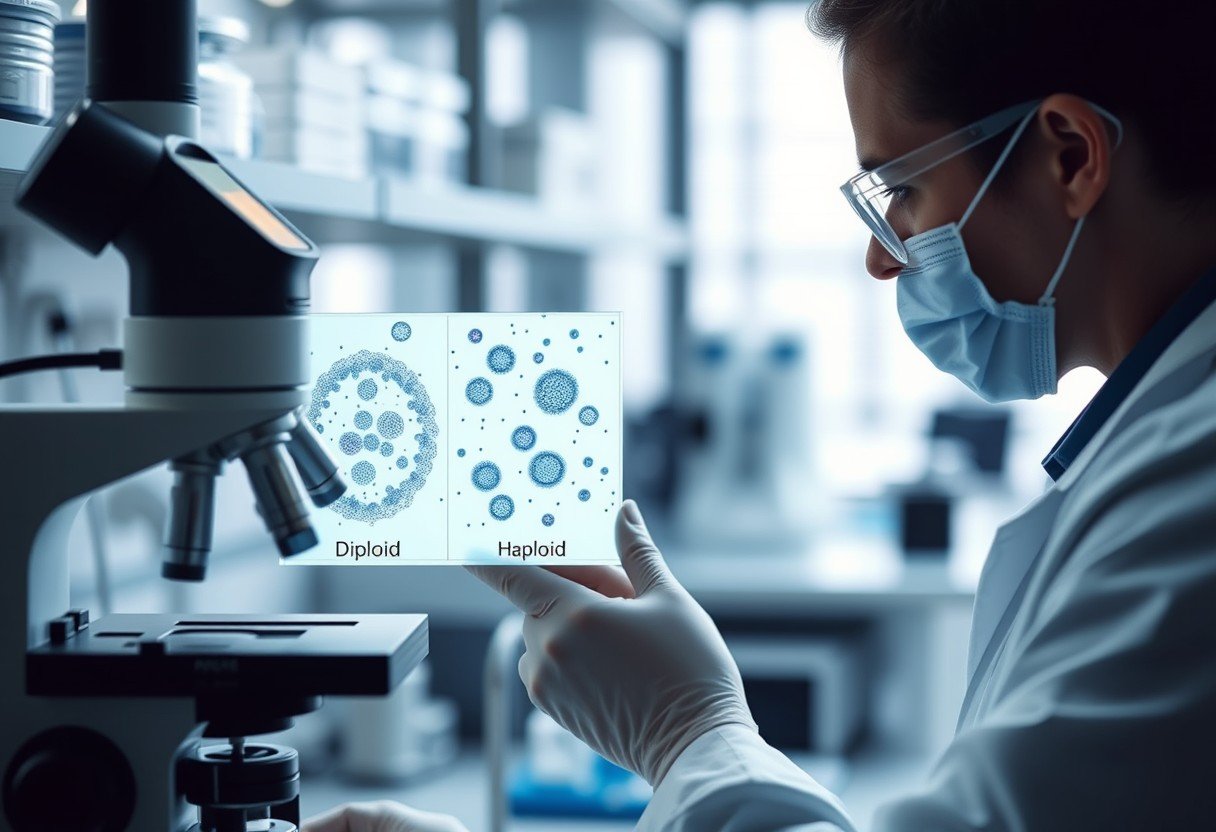
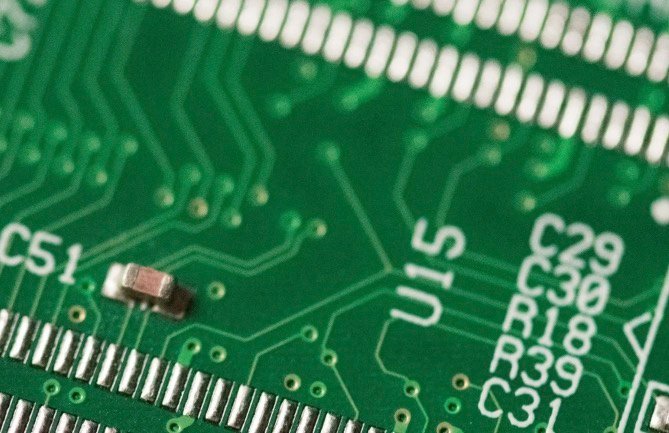


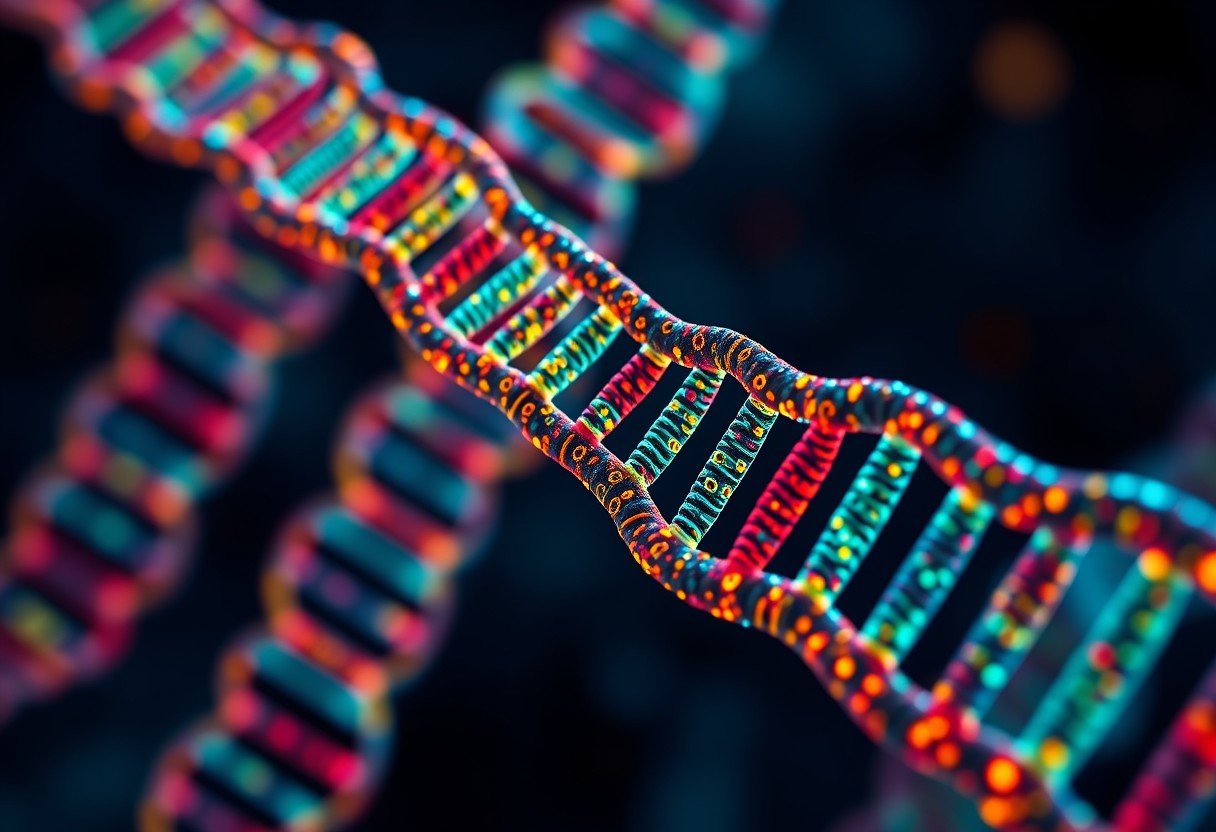
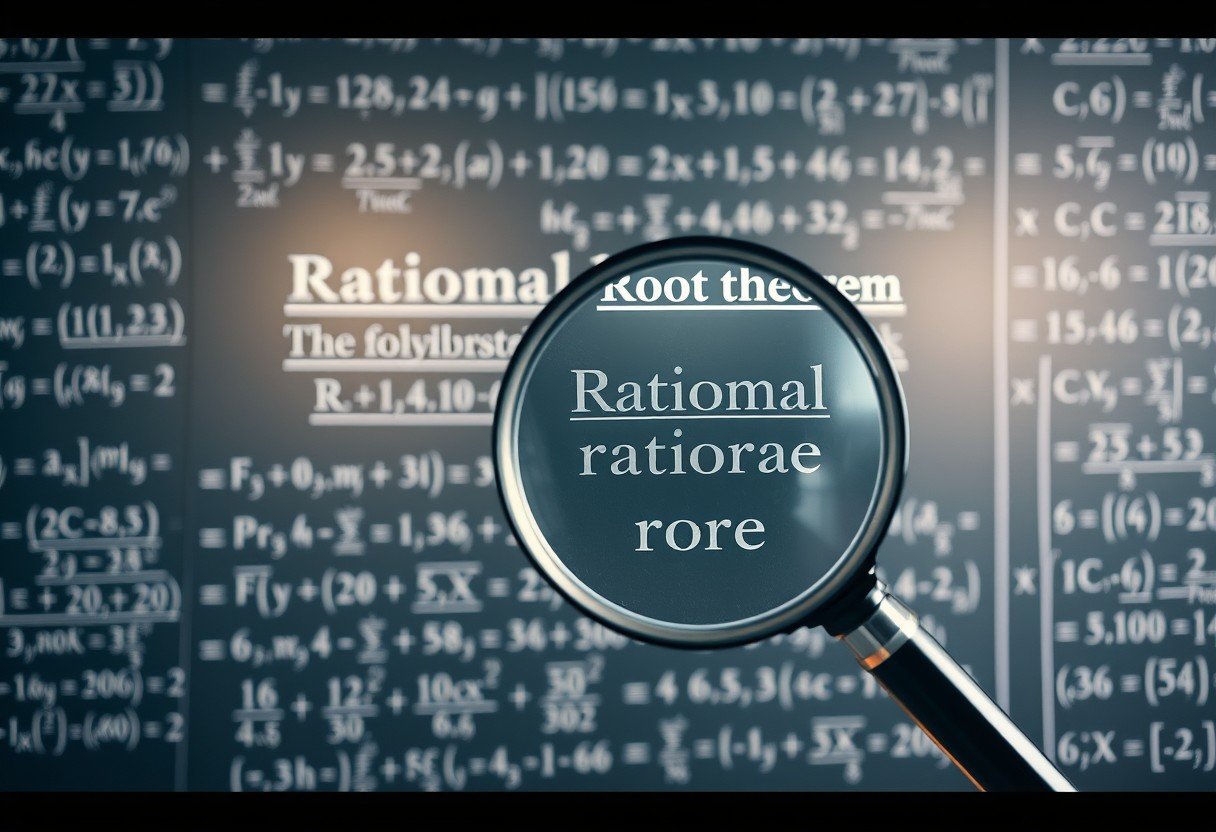

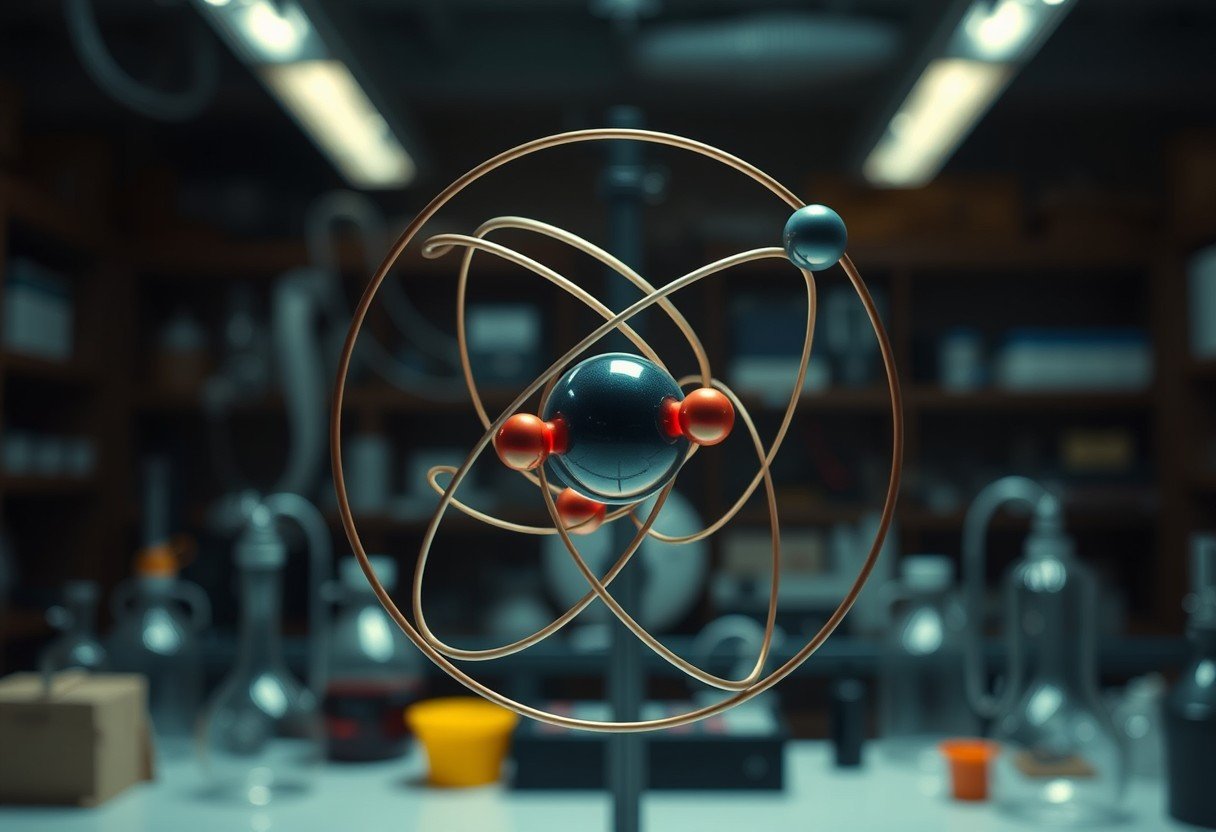
Leave a Comment